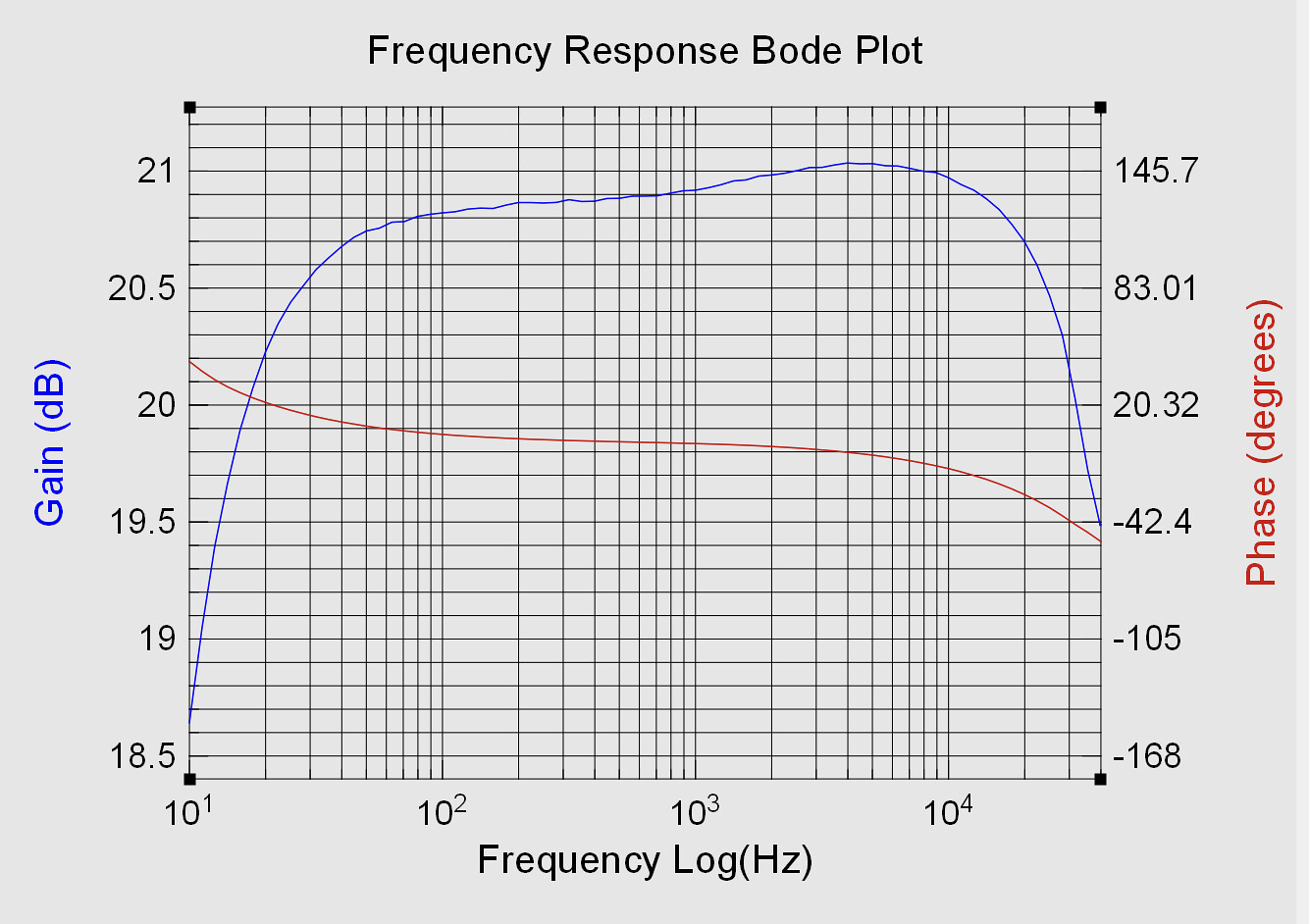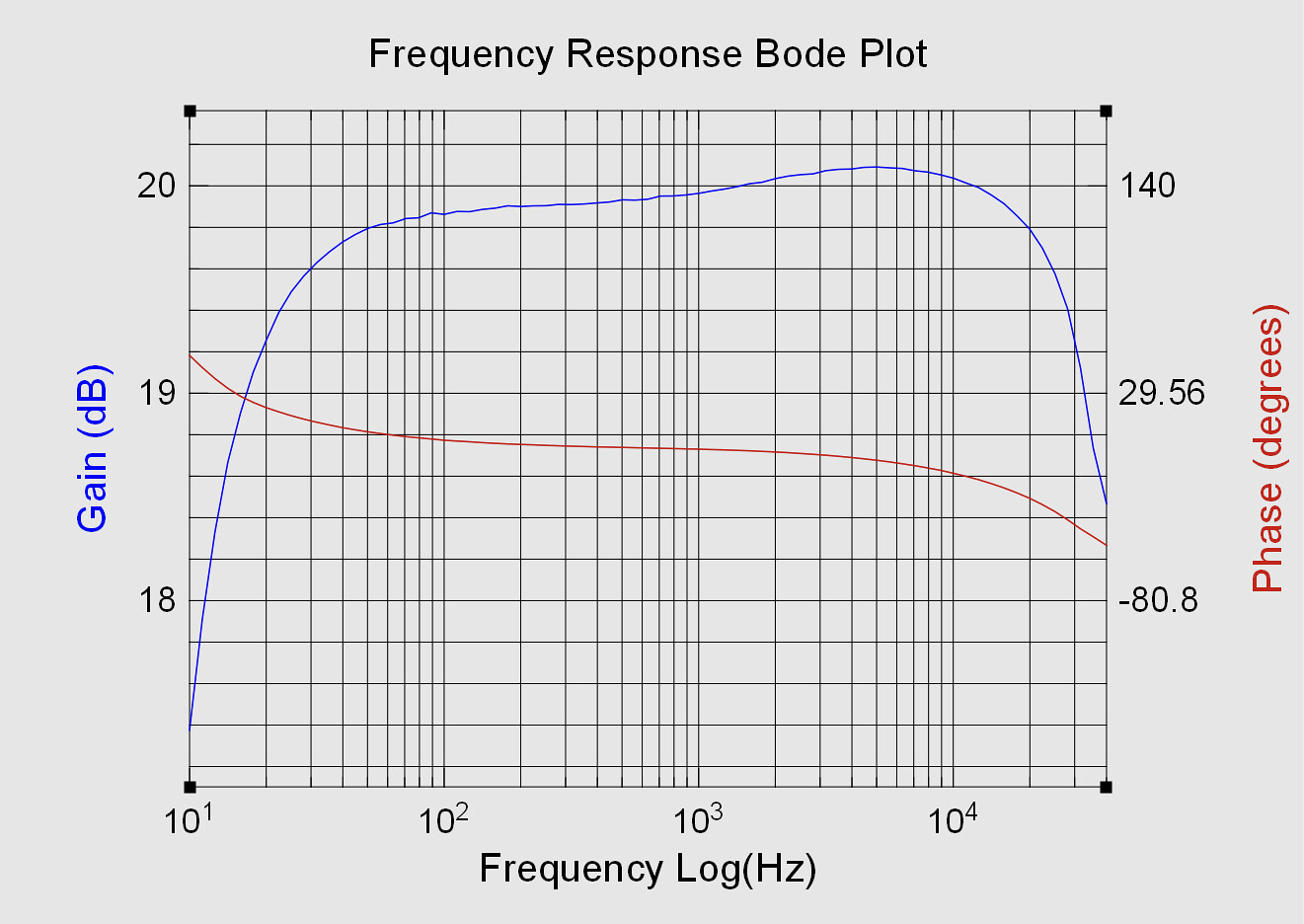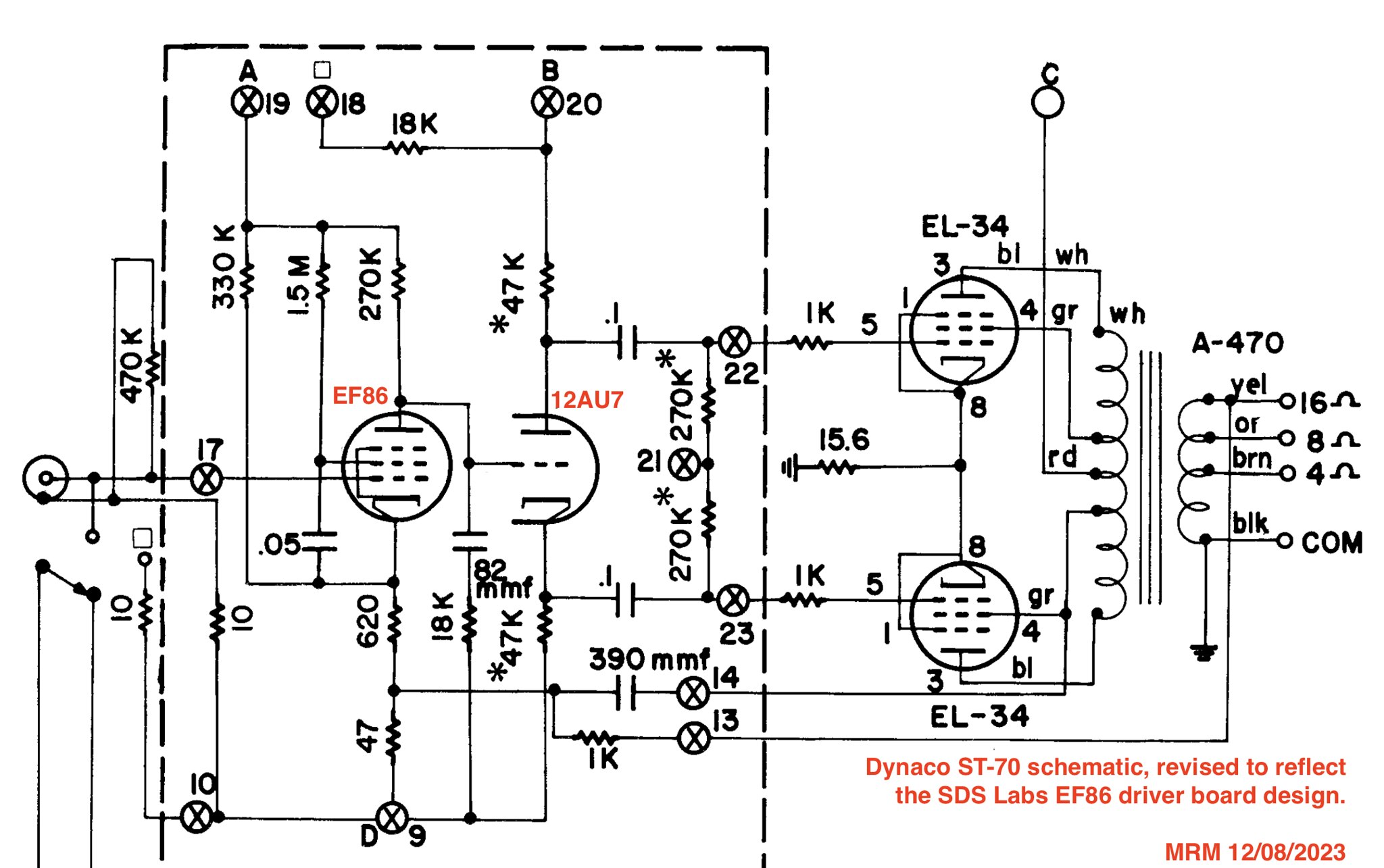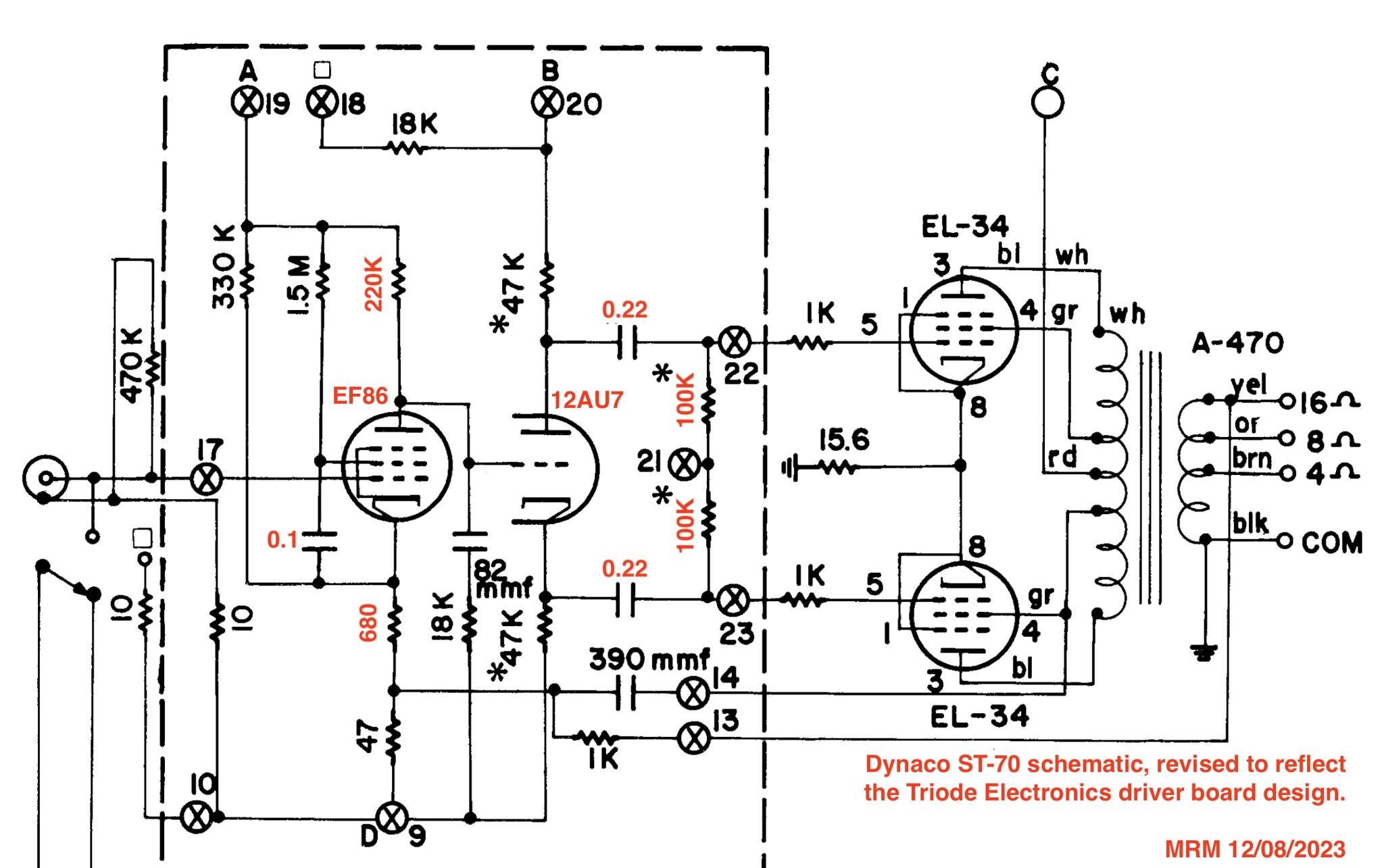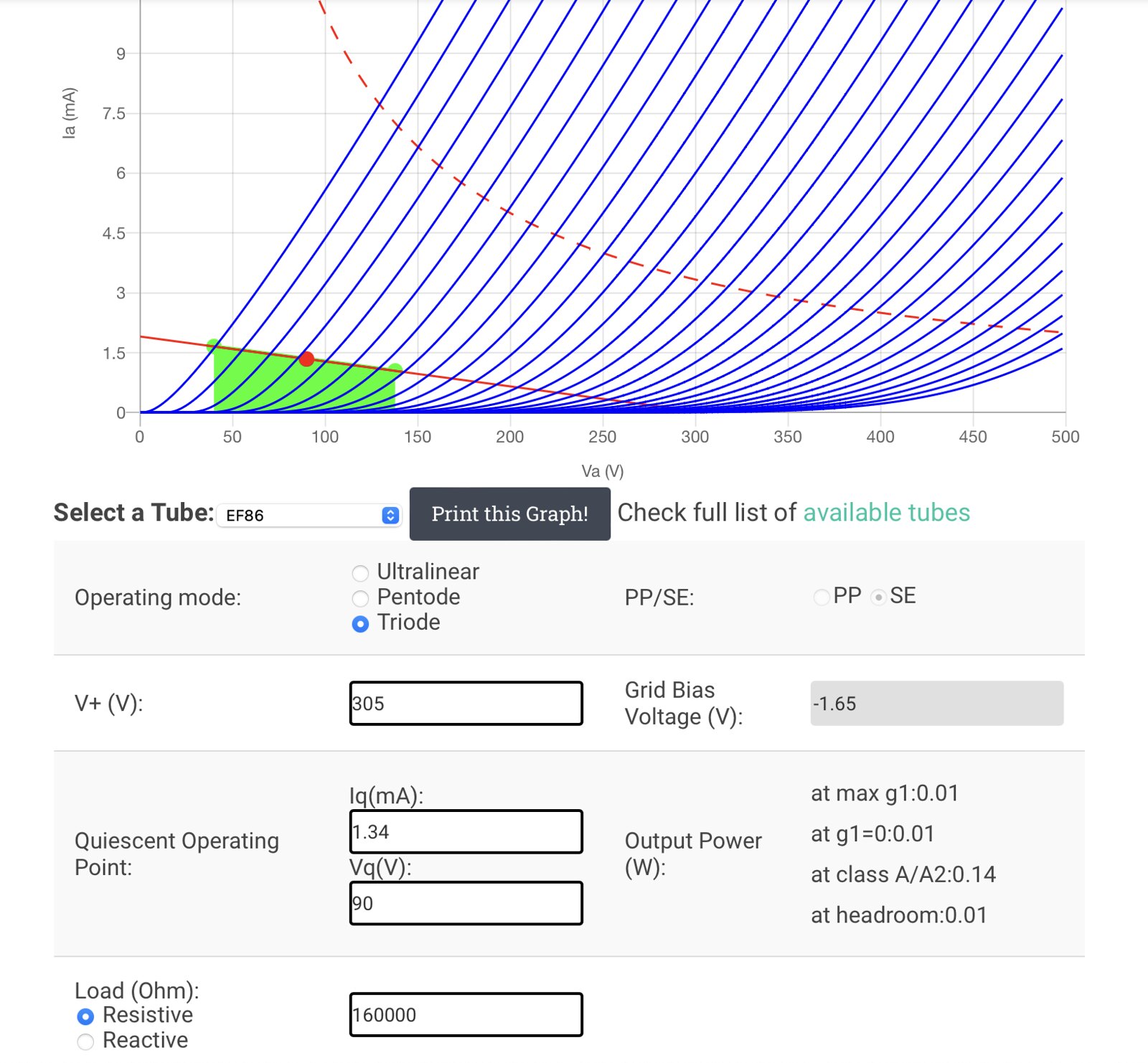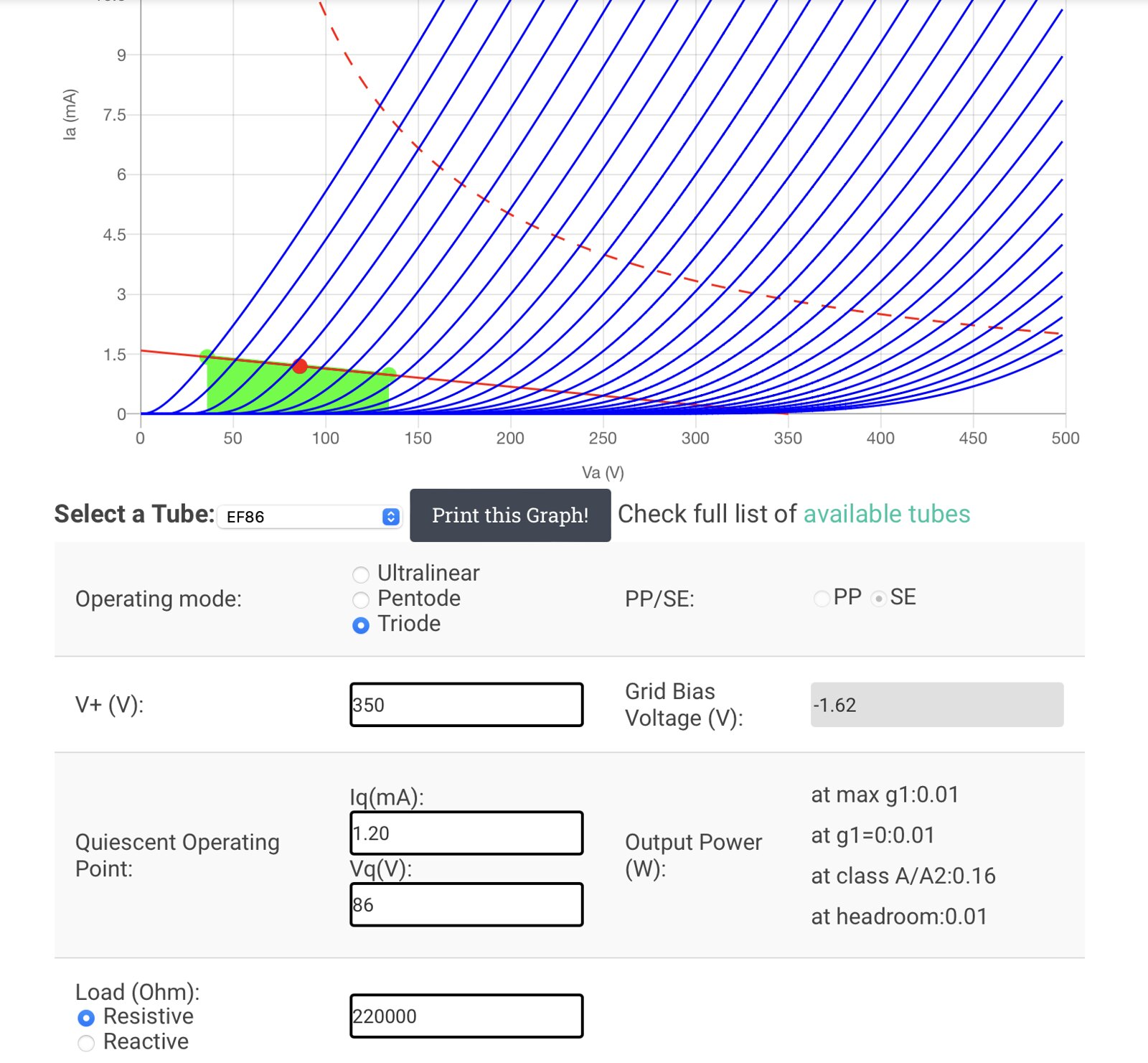Hey buddy thanks for the writeupHi @asilker. Okay, here is a first installment of an answer to your question.
While the ST-70 sounded good to my ears and I think I could be happy with it as my only amp, I found that I preferred the sound of my Dynaco SCA-35 and First Watt J2 in my system (driving Meadowlark Swifts). To my ears, the main difference I notice with my ST-70 relative to the other two amps is in the reproduction of vocals and acoustic instruments. The ST-70 is just a little less convincing and transparent. I cannot pinpoint that further at the moment, but I think my impression probably results from a collection of minor differences (imaging seems a little less precise, tonality variances in the midrange, etc).
The output levels produced with the lower power of the SCA-35 and J2 are sufficient for my needs and I don’t believe I am playing the ST-70 any louder. So, its benefit of higher output power is probably going to waste on me with my current system.
Along those lines, I recently rewired the ST-70 output stage tubes in triode mode (disconnected the UL feedback and tied that screen grid pin to the anode via a low value resistor). Although that reduces the maximum output power, the reduced output power is on par with my other amps. I read about this change in various articles and threads I came across on the internet. They are easy to find via search engine, but just let me know if anyone needs links. Some recommend using the next lowest output tap (4 Ohm tap for speakers that are 8 Ohms nominal, etc) in conjunction with this change. And some also recommend disconnecting global feedback. I have been trialing those revisions as well. Disconnecting the feedback was too far in that direction for me, so I have been trialing varying degrees of reduced feedback instead. It does seem there is probably a good compromise somewhere on the spectrum of reduced feedback. There are a number of permutations possible with these variables and I am in no rush to work through them all, so it may be some time before I settle on a particular configuration. And it is also too early for me to say much about resultant subjective quality, but I can at least say that my ears are telling me this is improving those areas where I felt my ST-70 fell a little short of my other two amps.
 this is sort of what I was expecting. I am very eager to hear the st 35 style power stage in my rig. Mine is torn down, I need to straighten out (literally) some chassis problems. I am going to try and really chase down the noise floor for an el84 amp, although I am learning and mostly using other people's circuits. I have a deal for a stereo 70 set up too, and I've been looking at permutations of the Mullard 5-20 format but I just can't find an implementation I'm excited about. This helps confirm my suspicious, at least for the time being
this is sort of what I was expecting. I am very eager to hear the st 35 style power stage in my rig. Mine is torn down, I need to straighten out (literally) some chassis problems. I am going to try and really chase down the noise floor for an el84 amp, although I am learning and mostly using other people's circuits. I have a deal for a stereo 70 set up too, and I've been looking at permutations of the Mullard 5-20 format but I just can't find an implementation I'm excited about. This helps confirm my suspicious, at least for the time being I would love to spend some time with a J2 - wonderful choice in amplification you've got there. Although I do wish you folks would stop buying them so the schematic would go open source 🫠


